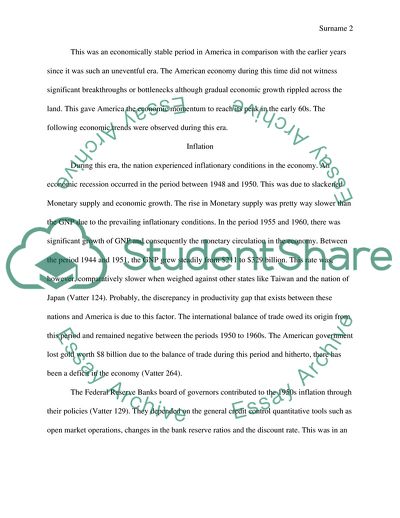Cite this document
(The Political State of America in the 1950s and the Cold War Era Essay Example | Topics and Well Written Essays - 2500 words, n.d.)
The Political State of America in the 1950s and the Cold War Era Essay Example | Topics and Well Written Essays - 2500 words. https://studentshare.org/history/1879230-the-1950s-and-cold-war-era
The Political State of America in the 1950s and the Cold War Era Essay Example | Topics and Well Written Essays - 2500 words. https://studentshare.org/history/1879230-the-1950s-and-cold-war-era
(The Political State of America in the 1950s and the Cold War Era Essay Example | Topics and Well Written Essays - 2500 Words)
The Political State of America in the 1950s and the Cold War Era Essay Example | Topics and Well Written Essays - 2500 Words. https://studentshare.org/history/1879230-the-1950s-and-cold-war-era.
The Political State of America in the 1950s and the Cold War Era Essay Example | Topics and Well Written Essays - 2500 Words. https://studentshare.org/history/1879230-the-1950s-and-cold-war-era.
“The Political State of America in the 1950s and the Cold War Era Essay Example | Topics and Well Written Essays - 2500 Words”. https://studentshare.org/history/1879230-the-1950s-and-cold-war-era.


